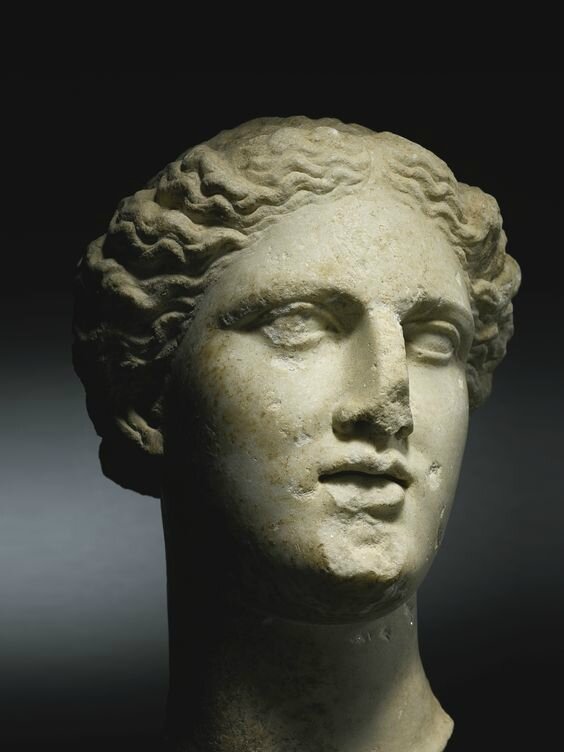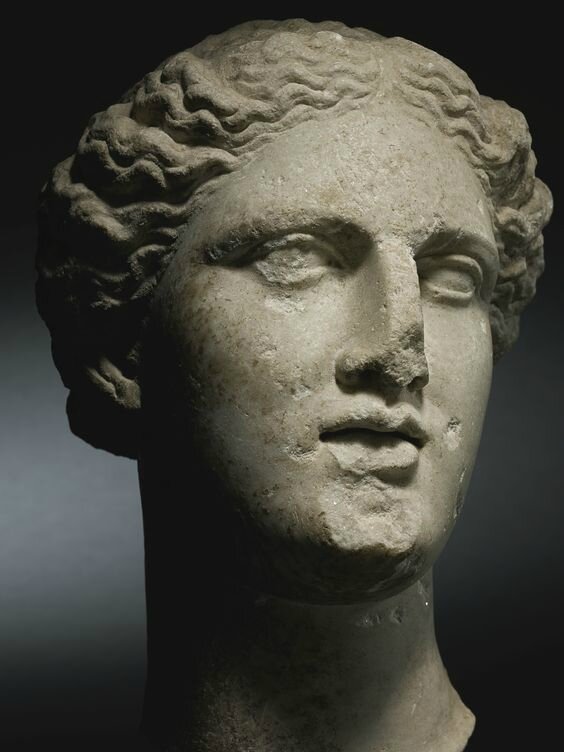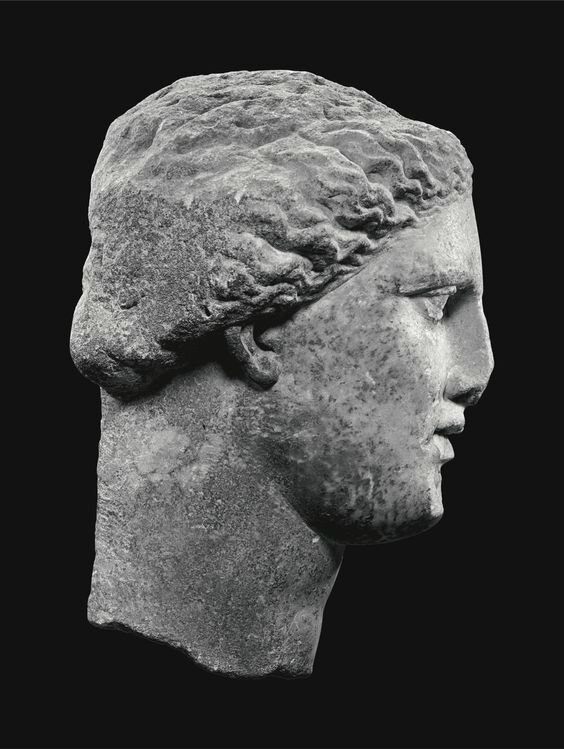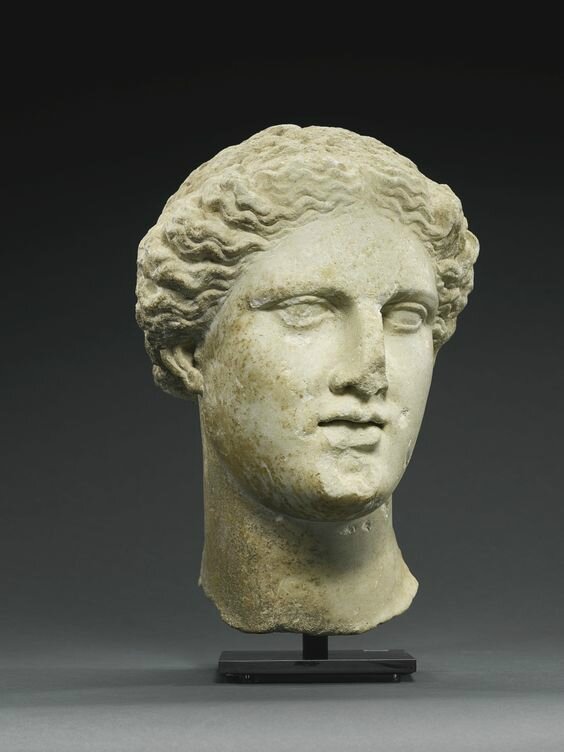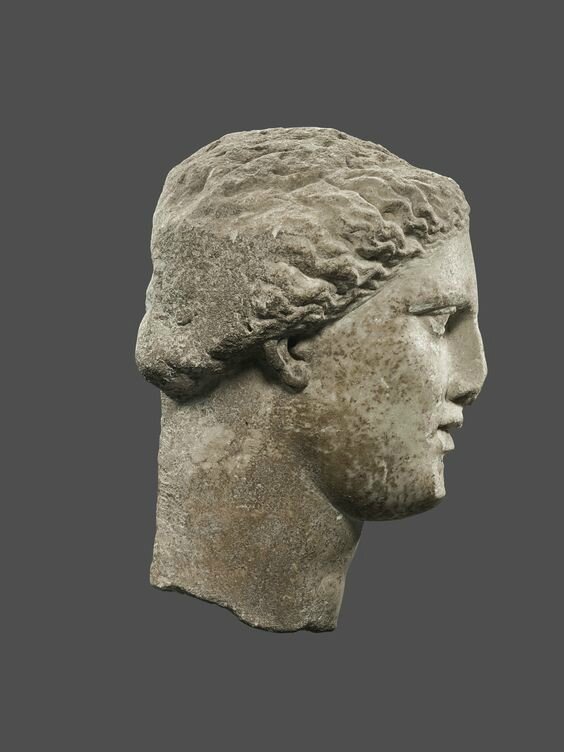![3]()
![4 (2)]()
Lot 15. Cy Twombly, (1928-2011), Untitled, signé, daté et situé'Cy Twombly Roma July 70' (au dos), huile, mine de plomb et crayon gras sur papier, 70 x 87.5 cm. (27 ½ x 34 ½ in.). Réaliséà Rome en juillet 1970. Estimation €80,000 – €120,000 ($90,823 - $136,234). Photo Christie's Image Ltd 2016
Provenance: Martha Jackson Gallery, New York
Leo Castelli Gallery, New York
Anina Nosei-Weber, New York
Collection privée
Vente anonyme, Sotheby’s Londres, 30 juin 1994, lot 249
Marco Leavin Gallery, Los Angeles
C & M Arts Gallery, New York
Acquis auprès de celle-ci en 1997
Literature: N. Del Roscio, Cy Twombly Drawings, catalogue raisonné, 1970-1971, Vol. 5, Munich, 2015, No. 122 (illustré en couleurs p. 107).
Exhibited: Dallas, The University Gallery, Meadows School of Arts, Southern Methodist University, Cy Twombly. Paintings and Drawings, janvier-février 1980, No. 20 (illustré au catalogue d'exposition).
Los Angeles, Marco Leavin Gallery, 25 years: an exhibition of selected works, septembre-octobre 1995.
'UNTITLED'; SIGNED, DATED AND LOCATED ON THE REVERSE; OIL, GRAPHITE AND OILSTICK ON PAPER.
Notes: D’une écriture à la fois nerveuse, ferme et bouillonnante, le dessin Sans titre (1970) semble allier la rapidité et l’assurance d’exécution. Twombly disperse sur la feuille des pictogrammes, des chiffres et des lettres : tels les prémices d’une écriture prenant naissance dans ce vaste répertoire de signes, à la limite de l’indéchiffrable. Le présent dessin a été réalisé seulement un an après le fameux cycle de Bolcena, caractérisé par la combinaison d’écriture fragmentée, de grilles et d’éléments géométriques, et en emprunte ce sentiment du calcul poétique de l'espace. En même temps, Twombly semble dépasser ici cette esthétique rationnelle pour revenir à une expression plus libre, anticipant l’atmosphère aérienne des all-over de Nini’s Paintings de 1971. Les transparences bleutées du pastel se juxtaposent à une surface saturée de graffitis et de chiffres, donnant ainsi une intense profondeur à l’œuvre. On pourrait y voir l’harmonie mélancolique d'un paysage de bord de mer, cher à Twombly, qui s'intéressait toujours à l'eau en tant que lieu où se fixent la trace du geste, la poésie du temps qui passe.
![5]()
Cy Twombly, (1928-2011), Nini’s Painting, 1971. Kunstmuseum Basel. © CY TWOMBLY FOUNDATION / PHOTO MARTIN P. BÜHLER.
En parfait exégète de l’œuvre de Twombly, Roland Barthes s’interrogeait : «Comment nommer ce qu'il fait ? Des mots surgissent spontanément ("dessin", "graphisme", "griffonnage", "gauche", "enfantin"). Et tout de suite une gêne de langage survient : ces mots, en même temps (ce qui est bien étrange), ne sont ni faux ni satisfaisants : car d'une part, l'œuvre de TW coïncide bien avec son apparence, et il faut oser dire qu'elle est plate ; mais d'autre part — c'est là l'énigme — cette apparence ne coïncide pas bien avec le langage que tant de simplicité et d'innocence devraient susciter en nous qui la regardons… » (‘Non multa sed multum’, in Cy Twombly. Catalogue raisonné des œuvres sur papier,vol. VI, Milan, 1979).
Tout en se situant dans la veine de l’expressionnisme américain, Cy Twombly aborde cette question d’une manière radicalement renouvelée, originale, pour ne pas dire opposée. Par son affinité avec la culture européenne, il privilégie, contrairement à d'autres artistes américains de sa génération, une continuité entre passé et présent. Ainsi, à partir de 1957, séduit par la poésie et l’histoire des paysages romains, Cy Twombly s’installe à Rome, où a été créé entre autres le présent dessin. A la recherche d’un temps perdu, son œuvre, d’une élégance extrême, convoque le Parnasse et les poètes épris d’esthétique, tout en gardant un œil sur l'évolution de l'art de son époque. Par son langage visuel épuré, le travail de Twombly peut être lié au mouvement minimaliste qui se propage dans les années 1960, tandis que l’utilisation de chiffres et de séquences de nombres témoigne de son intérêt pour l’art conceptuel. En ce sens, Sans titre (1970) fournit une preuve impressionnante de la façon dont Twombly a trouvé sa propre manière de réagir aux bouleversements de l'art occidental et de procéder à leur analyse critique à travers son œuvre.
![4]()
Cy Twombly à Rome, 1961. © LEEMAGE / LEBRECHT MUSIC & ARTS / CY TWOMBLY FOUNDATION.
In an array of inscriptions that are simultaneously energetic, firm and effervescent, the drawing Untitled (1970) seems to combine rapidity and a sure execution. Twombly scatters pictograms, numbers and letters over the paper, like the beginnings of writing starting to form in this vast repertory of almost indecipherable signs. This drawing came only a year after the famous Bolcena cycle, characterised by its combination of fragmented writing, grids and geometric elements, and has the same feeling of the poetic calculation of space. At the same time, Twombly seems to move beyond rational aesthetics, returning to a freer expression that anticipates the airy atmosphere of the all-overs in the 1971Nini’s Paintings. The bluish transparencies of the pastel are juxtaposed with a surface saturated with graffiti and numbers, giving intense depth to the work. We might see in it the melancholic harmony of the seaside landscapes beloved by Twombly, who was always interested in water as a place to contain traces of gestures and the poetry of passing time.
As a skilled exegete of Twombly's work, Roland Barthes wondered: "What can we call what he does? Words come spontaneously to mind (‘drawing’, ‘graphics’, ‘scribbling’, ‘gauche’, ‘childlike’) – and then a problem of language arises: these words are simultaneously (which is very strange) neither false nor satisfying. Because on the one hand, the work of TW tallies well with its appearance, and we can say that it is flat; but on the other hand – and therein lies the mystery – this appearance does not tally with the language that so much simplicity and innocence should arouse in us when we look at it…" (‘Non multa sed multum’, in Cy Twombly. Catalogue raisonné des œuvres sur papier, vol. VI,Milan, 1979).
Although working in the vein of Abstract Expressionism, Twombly approached this question in a way that was radically new and highly original, not to say completely opposite. Through his affinity with European culture, he focused on a continuity between past and present, unlike other American artists of his generation. For example, in 1957, captivated by the poetry and history of Roman landscapes, he settled in Rome, where he produced this drawing, among others. Seeking the memory of time past, his extraordinarily elegant work invoked Parnassus and poets enamoured of aesthetics while keeping an eye on developments in the art of his time. Through his simplified visual language, Twombly's work can be linked with the minimalist movement that became widespread during the Sixties, while his use of figures and number sequences illustrated his interest in conceptual art. In this sense, Untitled (1970) provides impressive evidence of how he found his own way to react to the dramatic changes in Western art and critically analyse them through his work.
Christie's. ZEINEB ET JEAN-PIERRE MARCIE-RIVIÈRE : GRANDS COLLECTIONNEURS ET MÉCÈNES, 8 - 9 June 2016, Paris

















